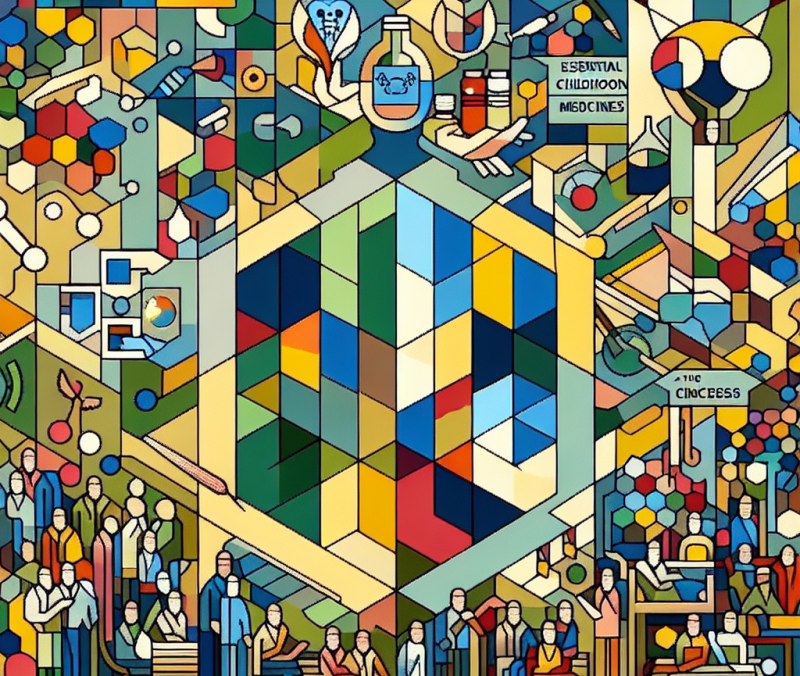
The World Health Organization (WHO) and St. Jude Children’s Research Hospital have launched a major effort to distribute essential childhood cancer medicines. This initiative is part of a new Global Platform targeting low- and middle-income countries (LMICs). It aims to deliver a consistent supply of quality-assured cancer drugs at no cost. The goal is to reach 50 countries within the next 5-7 years.
Current Progress and Reach
The platform is currently providing medicines to Mongolia and Uzbekistan. They also have planned shipments for Ecuador, Jordan, Nepal, and Zambia. The WHO and St. Jude Children’s Research Hospital expect to reach approximately 120,000 children diagnosed with cancer in low- and middle-income countries (LMICs). This marks the first large-scale effort of its kind, as they unite governments, the pharmaceutical industry, and NGOs to ensure consistent access to quality childhood cancer medicines.
Addressing Survival Disparities
Childhood cancer survival rates in low- and middle-income countries often fall below 30%. In high-income countries, rates exceed 80%. The WHO Global Initiative for Childhood Cancer, launched in 2018, aims to increase survival rates for six treatable cancers to 60% by 2030 in participating nations.
Potential for Transformative Change
This initiative could significantly advance health economics and outcomes research. It will improve data collection on childhood cancer treatment and outcomes in resource-limited settings. It may also reduce healthcare costs linked to inconsistent or inadequate cancer treatment. The platform’s strategy of consolidating demand for childhood cancer medicines could reshape pricing and procurement strategies for other vital drugs in low- and middle-income countries.
For further details on this essential initiative, you can explore the original article from the WHO.
